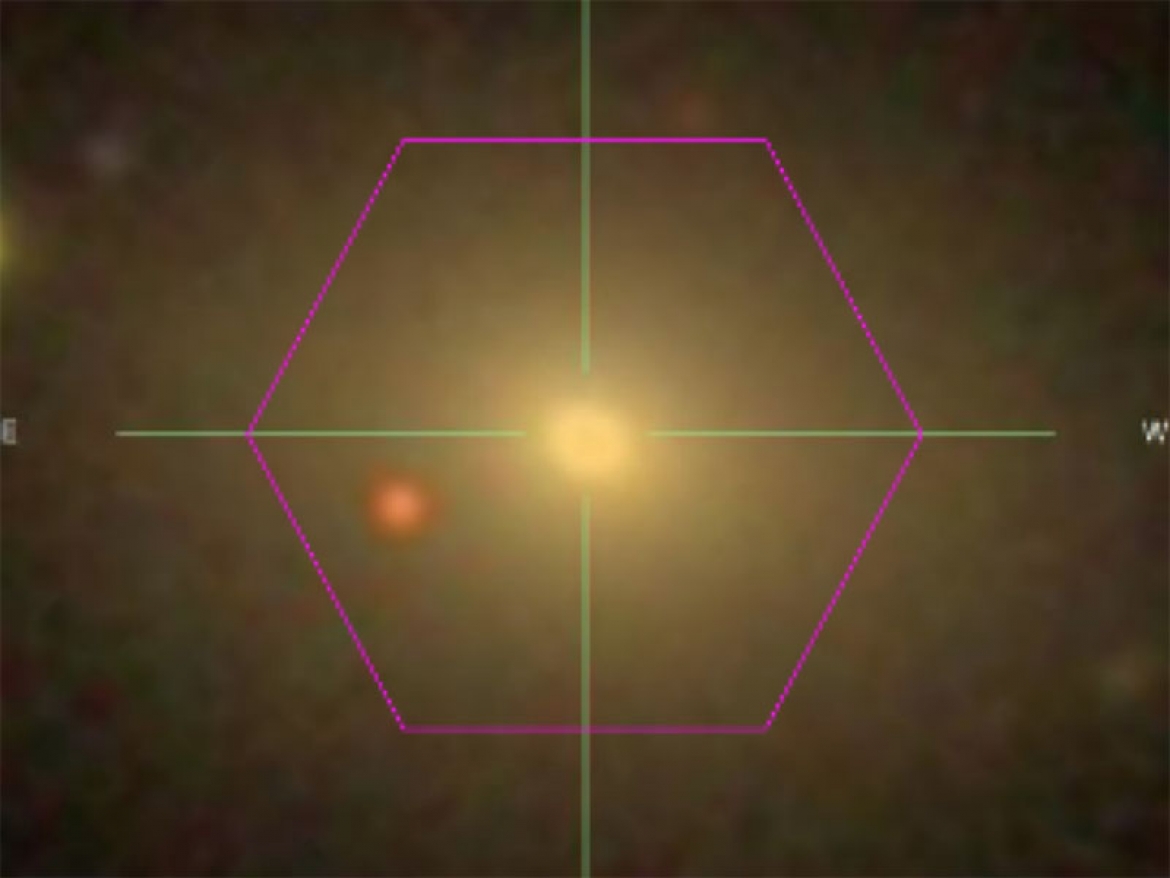Stellar initial mass function varies across galaxies
by Shuang Zhou, Cheng Li
Stars are the building blocks of galaxies. The stellar initial mass function (IMF), which describes the mass distribution of stars at birth, has been the subject of numerous investigations in the past decades. The first estimate of the IMF was obtained by Salpeter more than half a contrary ago, described simply by a power law function with a slope of 1.3, i.e. ϕ∝m^(-1.3)) across the entire mass range of stars. Subsequent studies of resolved stellar populations in the Milky Way have revealed a more bottom-light IMF, with a shallower slope at the low-mass end (<0 .5m_⊙). in most galaxies, however, directly counting the number of stars in resolved stellar populations is impossible due to the limited spatial resolution of our observational facilities. a long-standing debate on imf is whether the imf measured from the few very local galaxies is universal to the general population of galaxies, or it varies from galaxy to galaxy or even from region to region within a single galaxy.
A collaboration group led by Mr. Shuang Zhou and Prof. Cheng Li from Tsinghua Center for Astrophysics, has recently performed an extensive investigation of the variation of IMF in a large sample of early-type galaxies, using the integral field spectroscopy from the ongoing SDSS-IV MaNGA survey. To the end they have developed a new spectral fitting tool which incorporates a Bayesian inference method to statistically explore potential degeneracy among various stellar population parameters in the fitting, as well as to distinguish between different IMF models. Applying this tool to the MaNGA spectra and adopting IMF models with different power-law slopes, the team are able to quantify the variation of the power-law slope as a function of both galaxy properties and the radial distance within galaxies.
Fig.1 shows the SDSS optical image and the spectral fit for an example galaxy in their sample. Overall, consistent with previous studies, IMF slope is found to depend on a variety of galaxy properties including stellar velocity dispersion (Fig.2 left panel), stellar age and stellar metallicity. More interestingly, by exploring the join posterior distribution of model parameters, the team find the age dependence to be completely degenerated with the dependence on metallicity through a combination AZ^(-1.42)(Fig.3 left panel). With the help of independent age and metallicity estimates, the team is able to break the degeneracy and recover the IMF-σ_* relation, assuming metallicity being the major driver instead of age (blue and green lines in Fig.2 right panel). Furthermore, the team has estimated the radial gradient of IMF slope as a function of galaxy stellar mass. They find the IMF at the center of massive ETGs appears more bottom-heavy than that in their outer region, while a weaker gradient or opposite trend is observed for low-mass ETGs (Fig.3 right panel).



Link to relevant publications:
[1] Shuang Zhou, et al., 2018, MNRAS submitted, https://arxiv.org/abs/1811.09799



